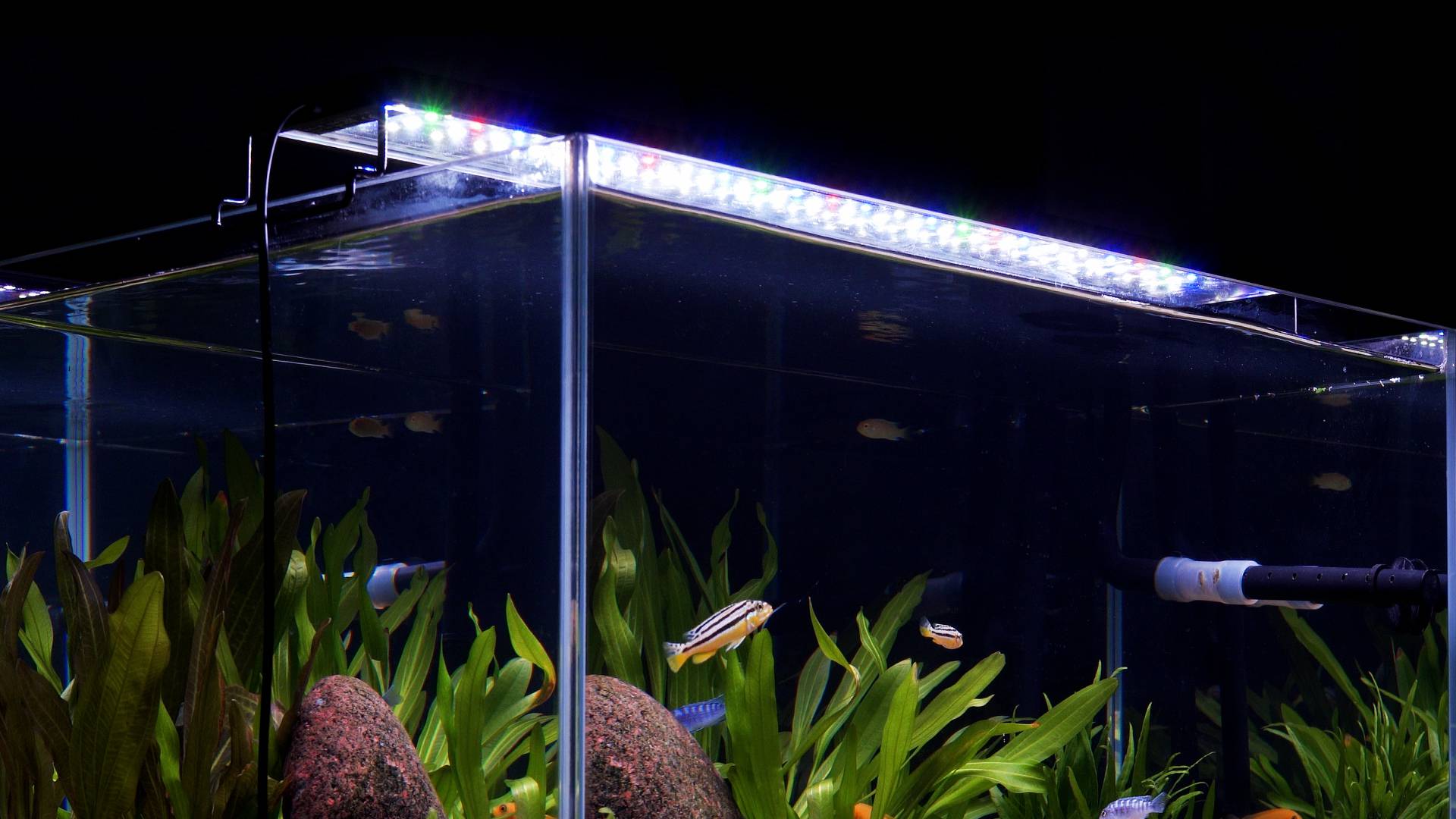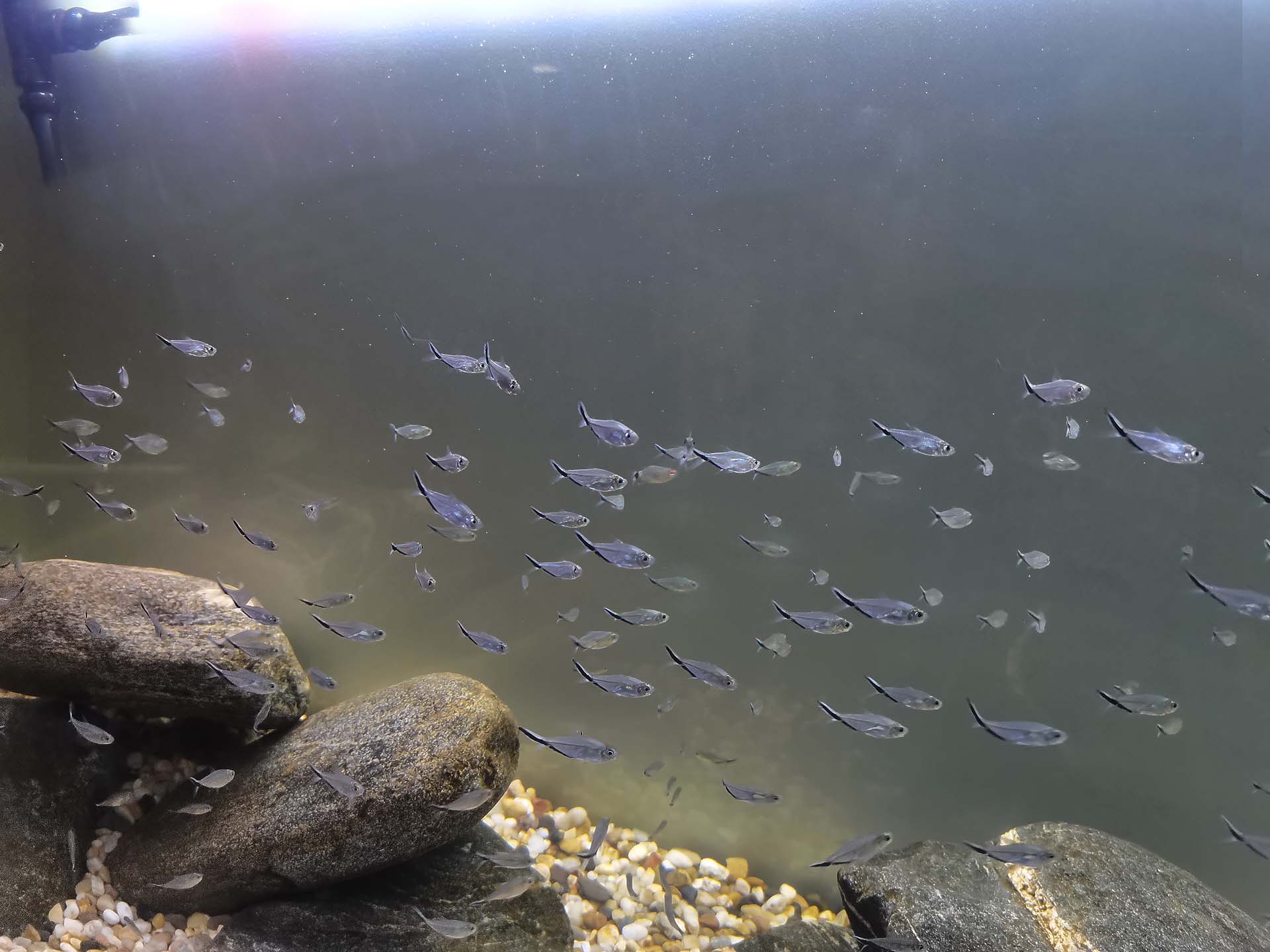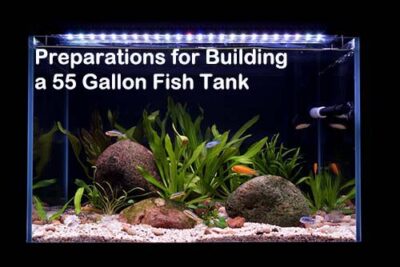Making your aquatic environment in a 55-gallon fish tank is an enjoyable and exciting hobby. However, before entering the world of underwater magic, you must make important preparations to ensure the success of your aquatic empire. In this detailed guide, we’ll look at weight concerns, electrical support, fish capacity, and other factors to help you calculate the 55 gallon fish tank dimensions and realize your 55 gallon fish tank objective.
We’ll walk you through the essential procedures to ensure the success of your aquatic creation in this detailed article, let’s begin with tank weight concerns of a 55-gallon fish tank.
How much does a 55-gallon fish tank weigh?
These interesting aquariums come in a variety of shapes and sizes, and it is important to understand the dimensions and weight implications. Let’s weigh your 55-gallon fish tank.
Weight of an Empty Tank
55-gallon fish tanks often come rectangular having dimensions 48 inches long, 13 inches wide, and 20 inches tall. Considering the thickness of the glass or acrylic, the empty tank should weigh anywhere from 35 to 70 pounds. It is important to make sure that the place you choose can sustain this weight. Ideally, an aquarium stand would be a preferable choice.
Weight of Water and Equipment
When you add water, decorations, and equipment, the genuine struggle begins. Water weighs approximately 8.3 pounds per gallon, so filling your 55-gallon tank would add 458 pounds to the equation. Another 50–100 pounds can readily be accounted for by decorations, substrate, and filtration systems. Check that your floor or fish stand can support this weight.
Choosing the Best Support
Given the weight of a 55-gallon fish tank, choosing the right support is vital. Check that your floor can withstand this weight. The safest choice is to place it on a specific aquarium stand, but if you use another piece of furniture, be sure it is strong enough to support the weight. For example, built-in the tank in walls or stairs.

Calculations for a 55-gallon fish tank
After choosing the suitable 55-gallon fish tank dimensions, let’s compute the occupied volume and weight of a 55-gallon fish tank, taking into account the weight of the empty tank as well as the weight of adding water, equipment, tank decorations, and so on.
Volume Calculation
A 55-gallon fish tank holds 55 gallons of water. To calculate the occupied volume in cubic inches, apply the following formula.
Occupied Volume (cubic inches) = 55 (gallons) x 231 (cubic inches per gallon)
Occupied Volume = 12,705 cubic inches ≈ 7.35 cubic feet
Weight Calculation
- Weight of the Empty Tank
The weight of an empty 55-gallon fish tank varies based on its design and material. A normal rectangular glass tank weighs between 45 and 50 pounds. It may weigh slightly more if it is made of acrylic or has a unique shape. For this calculation, let’s use 50 pounds as an estimate.
- Weight with Water
I was weighing water around 8.34 pounds per gallon. Use the following formula to calculate the weight of the water in the tank.
Weight of Water (pounds) = Volume of Water (gallons) x Weight of Water per Gallon
Weight of Water ≈ 55 (gallons) x 8.34 (pounds per gallon) ≈ 458.7 pounds
- Weight with Equipment and Decorations
The total weight of a 55-gallon fish tank with equipment and decorations is determined by what is included. The equipment and decorations may add another 50–100 pounds on average. Let’s say 75 pounds is a good estimate.
Total Weight (Empty Tank + Water + Equipment/Decorations) ≈ 50 pounds + 458.7 pounds + 75 pounds ≈ 583.7 pounds
So, a 55-gallon fish tank with water, equipment, and decorations weighs approximately 583.7 pounds.
Note: The real weight may vary and would be depending on the tank, equipment, and decorations you employ.
What adapter and power supply do I need?
Now let’s talk about the adapter and power supply requirements of the 55-gallon fish tank.
- Aquarium Wire Management
Plan your electrical setup to avoid a web of wires around your tank. To connect your tank equipment safely, invest in reliable power strips with surge protection. To avoid twisting and mishaps, properly arrange the cables.
- Socket Preparation
You’ll need an acceptable number of sockets depending on the equipment you intend to use i.e., aquarium heaters, fish tank filters, aquarium lights, etc. Determine that your electrical system can safely manage the load. It’s also great to have a battery-powered air pump as a backup power source, in case you face any power shortages.

How many fish in a 55-gallon tank?
Following are some recommendations but you have to keep in mind that they are only estimations. You need to research properly for more accurate stocking recommendations for 55 gallon fish tanks.
Ornamental Fish (Community Tank)
With a well-planted tank (40-50% plant coverage): You can keep 30-40 small community fish like tetras, guppies, or rasboras. This configuration provides hiding spots and decreases aggression between the aquarium inhabitants.
With fewer plants (20% plant coverage): Because the plants provide less protection, you may be able to keep slightly fewer fish around 25-35.
Angelfish
A pair of angelfish and some smaller angelfish tankmates can live in a 55-gallon tank. You could have two angelfish and a few other species that are compatible with them, such as tetras or corydoras.
Lantern Fish (assuming you mean hatchetfish)
Hatchetfish are small and gentle fish. You could keep a school of 4-5 bottom dwellers and algae eaters. Make sure you don’t have more than 55 inches of fish in a 55-gallon tank.
Koi fish
Koi fish are not appropriate for a 55-gallon tank. They can get fairly enormous and require a lot of space. A koi pond is a better setting for koi fish. However, for a 55 gallon tank, you can use 2-4 6-inch koi fish.
So, what now?
When planning to design a 55-gallon fish tank, keep weight, electrical support, and fish capacity in mind before calculating the 55 gallon fish tank dimensions. When empty, the tank can weigh between 35 and 70 pounds, and when full of water and equipment, it can weigh up to 583.7 pounds. Make sure this weight is properly supported and ideally with an aquarium stand.
Power strips and sockets can be used to manage electrical needs, and backup power sources should be considered. The capacity of the fish varies, however, it can include 30-40 small community fish or particular species such as tetra or hatchet fish. Koi, on the other hand, are too large for a 55-gallon tank.
